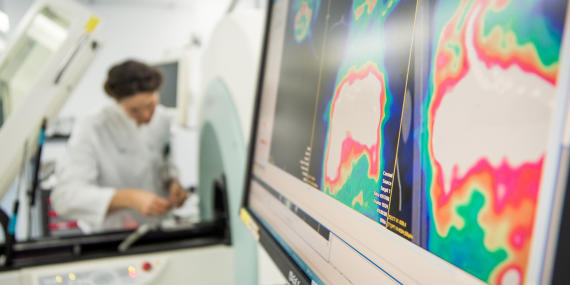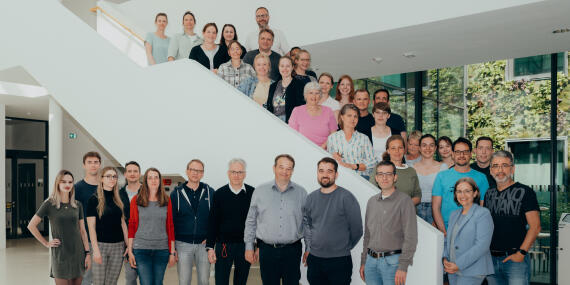The Institute
The European Institute for Molecular Imaging (EIMI) was established in 2007 and is a central scientific institution at the University of Münster. Faculties involved include Medicine, Chemistry and Pharmacy, Mathematics and Computer Science, and Physics.
Our scientific area is part of the research profile “cell dynamics, inflammation and imaging” at the University of Münster, and many scientists of our institute are members of the Cells in Motion Interfaculty Centre. This interfaculty research network brings together researchers in the above-mentioned research field. By joining forces, we embed the specific scientific topics of our institute into a larger thematic context, and, at the same time, the network is an incubator for new interdisciplinary research questions.
Our institute is located in the Multiscale Imaging Centre (MIC) which is the Cells in Motion Interfaculty Centre's central research building. It hosts research groups from our University combining a broad range of state of the art imaging technologies for the investigation of biomedical questions. EIMI director Prof. Michael Schäfers is the spokesperson for the MIC.



